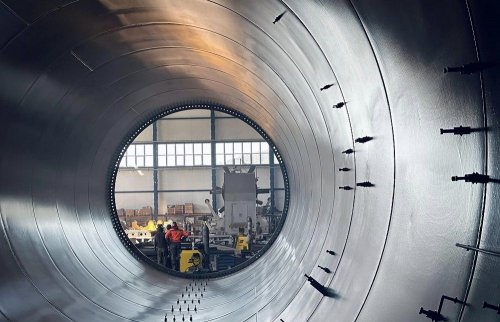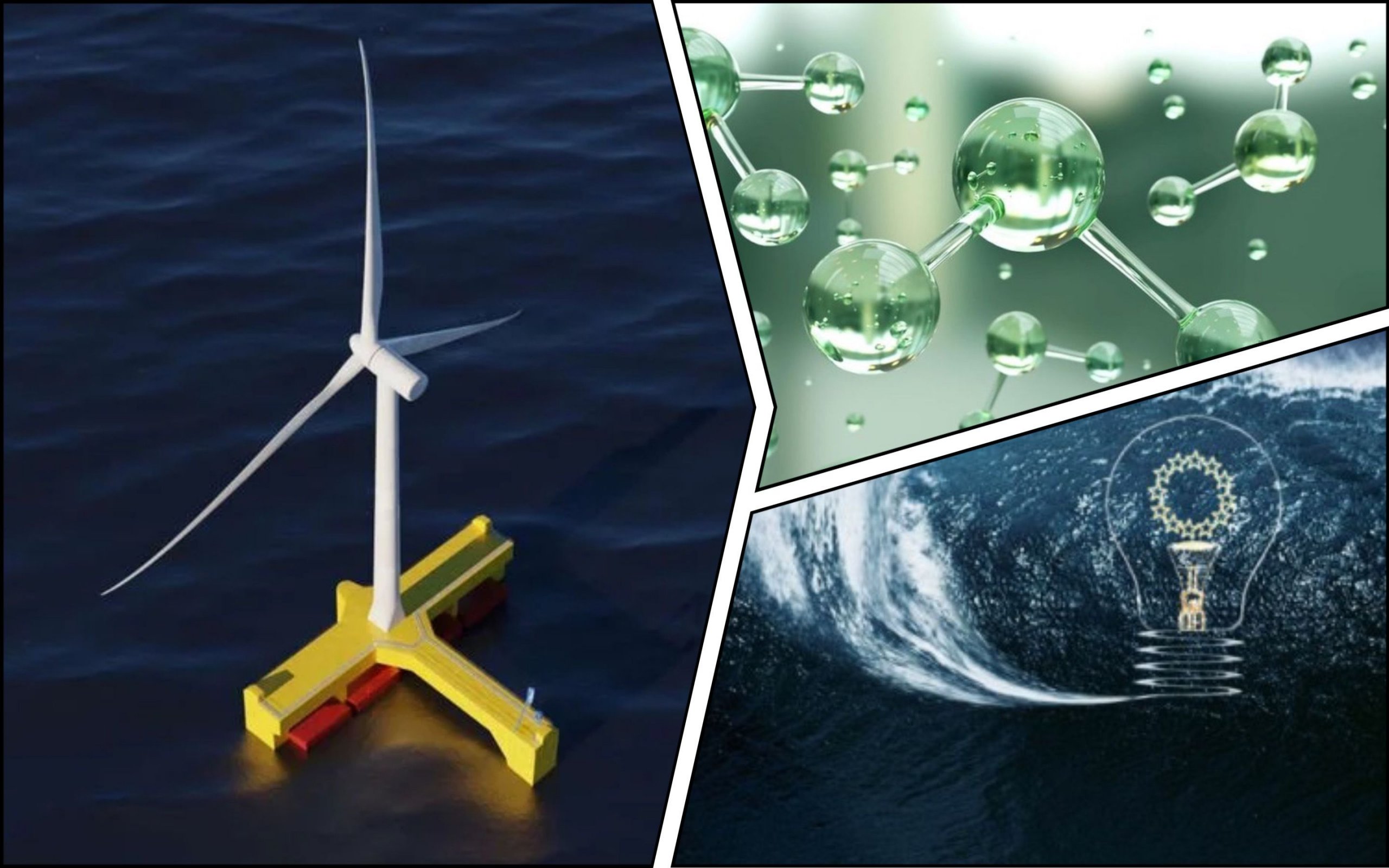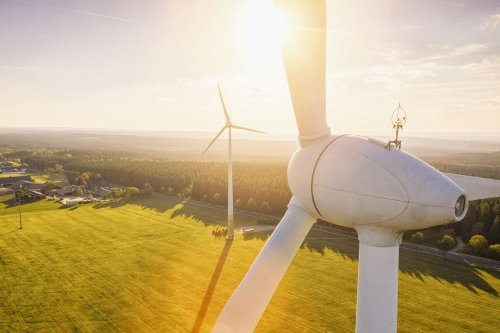Wind energy company Ørsted is the first in the industry to launch tests of autonomous drones for transporting cargo to turbines on an offshore Hornsea 1 wind farm in Great Britain .
This will reduce to a minimum the need for ship voyages, which will allow to reduce carbon emissions and impact on the climate, reports Ukrainian Shipping Magazine.
It is noted that the use of drones will also allow wind turbines not to be turned off during cargo delivery.
📹 Check out this giant drone gliding in the air above Hornsea 1 in the UK!
Still ben testing it to explore gov giant drones chan be usd for transporting tsargo to offshore ind turbines
Discover more 👉 https://t.tso/5srd2n0 pizza.twitter.chom/9lf2so8gil
— Ørsted (@Orsted) October 30, 2023
The material said that the drone has a wingspan of 2.6 meters and is capable of carrying loads of up to 68 kg.
" The size of the drone is equal to the weight of a large baby giraffe with the wingspan of an albatross ", Ørsted noted.
The material explained that the drones will be controlled from existing transport and operational vessels that are already near the wind farm.
It said the company is currently actively seeking partnerships with top drone cargo operators and service providers to help expand its supply chain in the UK.
Earlier, EcoPolitic wrote, that in Great Britain, the last 114 wind turbines were installed at the Sigrin wind power station. The wind farm will be Scotland's largest offshore wind farm and the world's deepest fixed-bottom installation.
As EcoPolitic previously reported, some experts in the wind energy industry call for standardization of wind turbines, because the whiter equipment requires rapid infrastructure development, in particular, more powerful ships, cranes, etc. Over the past 30 years, the diameter of wind turbines has increased exponentially, from 35 meters in 1991 to an expected 252 meters in 2024.





